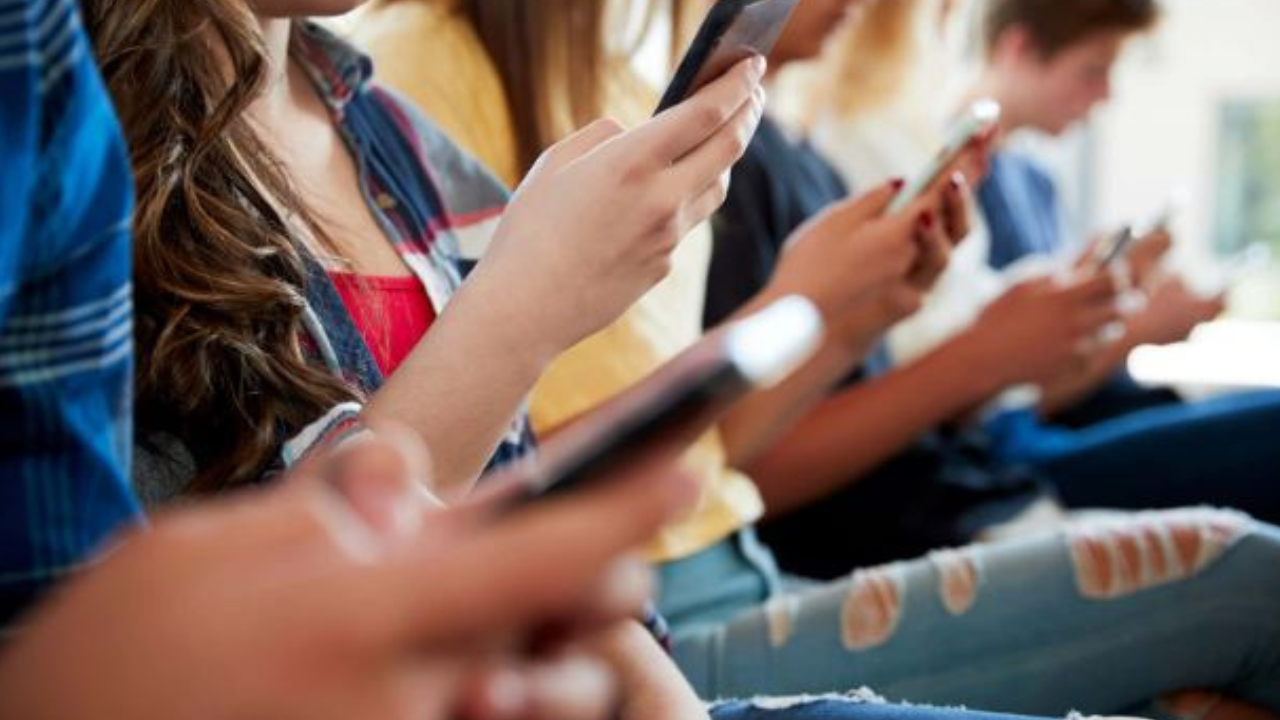In 2025, our phones are no longer just tools—they’re extensions of our lives. We use them to stay connected, informed, entertained, and productive. But as social apps continue to shape how we interact, many are asking an urgent question: what are they doing to our mental health?
The debate has reached a boiling point. On one hand, platforms like Instagram, Threads, TikTok, and Snapchat keep us engaged and socially active. On the other hand, they’re often accused of worsening anxiety, depression, loneliness, and digital burnout. So, what’s really happening? Are these apps helping us stay mentally balanced—or quietly making things worse?
Let’s dig into what experts, users, and research say about how social media affects our mental wellbeing in today’s hyper-connected world.
The Good: Connection, Community, and Comfort
To be fair, social media isn’t all doom and gloom. In many ways, it has changed lives for the better, especially when it comes to emotional support and community-building.
1. Connecting Beyond Borders
People who used to feel isolated now have communities at their fingertips. Whether it’s someone in a small town finding others with the same rare health condition or a teen exploring their identity through safe online spaces, social apps offer powerful lifelines.
Support groups on platforms like Reddit, Facebook, and Discord have become digital homes for people who feel out of place in their offline lives. These spaces can reduce feelings of alienation and provide much-needed emotional validation.
2. Breaking the Stigma Around Mental Health
Social media has played a huge role in normalizing conversations around mental health. More creators, influencers, and even celebrities are opening up about therapy, depression, ADHD, and burnout—topics that were taboo not long ago.
Apps like TikTok and Threads have entire corners dedicated to real conversations about emotional wellbeing. Hashtags like “mentalhealthcheck” and “itsokaynottobeokay” are giving people the confidence to speak out.
3. Access to Mental Health Tools
Several platforms now integrate mental health resources directly into their design. Instagram and TikTok, for example, display crisis helpline info if users search for terms related to self-harm or depression. Meanwhile, newer apps like Wysa and MindDoc offer chatbot-based support or therapy tracking.
While not replacements for real therapy, these tools give users easy access to coping resources in moments of need.
The Bad: Comparison, Burnout, and the Fear of Missing Out
Despite these positives, the darker side of social media’s impact on mental health is hard to ignore. It’s not about one app in particular—it’s about the constant pressure of being online.
1. The Comparison Trap
Social media thrives on curation. People post their happiest, most exciting moments—vacations, wins, milestones—rarely the messy, boring, or painful parts of life. This creates an illusion that everyone else is thriving while you’re just getting by.
For teens and young adults, this comparison can hit especially hard. Seeing filtered bodies, expensive lifestyles, or “perfect” relationships on Instagram or TikTok can trigger insecurities that spiral into self-doubt and body dysmorphia.
Studies have shown a direct link between excessive scrolling and increased feelings of inadequacy and anxiety, particularly in younger users.
2. Constant Connectivity Equals No Break
Notifications never stop. Comments, DMs, likes, reposts—the dopamine hits are real, and so is the addiction. But that constant stimulation wears people down.
The more time we spend online, the less time we spend being present. Sleep is disrupted. Productivity drops. Real-life relationships suffer. Over time, this leads to digital fatigue and emotional burnout.
And let’s not forget the rise of “doomscrolling”—the habit of endlessly consuming negative news or content that drains mental energy without offering solutions or relief.
3. Cyberbullying and Online Harassment
Trolls, haters, and online bullies aren’t just a nuisance—they’re a serious threat to mental health.
While platforms are trying to tighten moderation and reporting tools, harassment still finds its way into comment sections and inboxes. For many, especially teens, these negative experiences lead to social withdrawal, anxiety, or even self-harm.
No amount of likes or followers can protect someone from the emotional toll of being targeted online.
So, Which Is It—Helpful or Harmful?
The truth is not black and white. Social apps are both helping and hurting, depending on how they’re used, who is using them, and the context in which they operate.
Some people find genuine support and joy on social platforms. Others find themselves spiraling into isolation, anxiety, or self-esteem issues. It’s not just about the app—it’s about how you use it.
What Experts Recommend
Psychologists and mental health professionals are beginning to shift the conversation away from quitting social media entirely and toward developing a healthier relationship with it.
Here’s what many experts recommend:
1. Monitor Your Screen Time
Be aware of how much time you’re spending online. Most smartphones now have built-in tools to track usage. Set daily limits, especially for apps that tend to affect your mood negatively.
2. Curate Your Feed
Unfollow or mute accounts that make you feel less than. Surround yourself with content that inspires, educates, or makes you feel seen—not pressured or judged.
3. Engage, Don’t Just Scroll
Passive consumption can drain you. Actively engage with others. Comment, share your thoughts, or even post something vulnerable. Real interaction often leads to meaningful connection.
4. Take Digital Breaks
Unplug regularly. Take weekends off social media or create “phone-free” zones during your day. Reconnect with the real world and give your mind space to rest.
5. Talk to Someone
If social media is affecting your mental health, don’t hesitate to reach out. Whether it’s a friend, a support group, or a professional therapist, opening up can help.
The Role of Platforms: Should They Be Doing More?
Many critics argue that the responsibility shouldn’t fall only on users. Platforms themselves must step up to design for wellbeing, not just engagement.
Some suggestions include:
- Limiting addictive infinite scroll features
- Offering wellness reminders or downtime nudges
- Removing public like counts
- Improving content moderation to protect vulnerable users
- Promoting real, diverse voices instead of algorithmic sameness
Some apps have started experimenting with these features, but progress is slow—and profit still drives most decisions.
In 2025, with mental health crises surging across age groups, especially among youth, the pressure is mounting for tech companies to prioritize humanity over metrics.
Final Thoughts
Social apps are a double-edged sword. They can connect us and isolate us. They can uplift us or wear us down. Like any tool, the effect they have depends on how we use them and what boundaries we set.
The challenge moving forward isn’t to abandon social platforms altogether—but to demand better from them, and from ourselves. To make the digital world a place that enhances our lives, rather than draining them.
In the digital age, mental health matters more than ever. The real question isn’t whether social media is good or bad—it’s whether we’re willing to build a better relationship with it.



